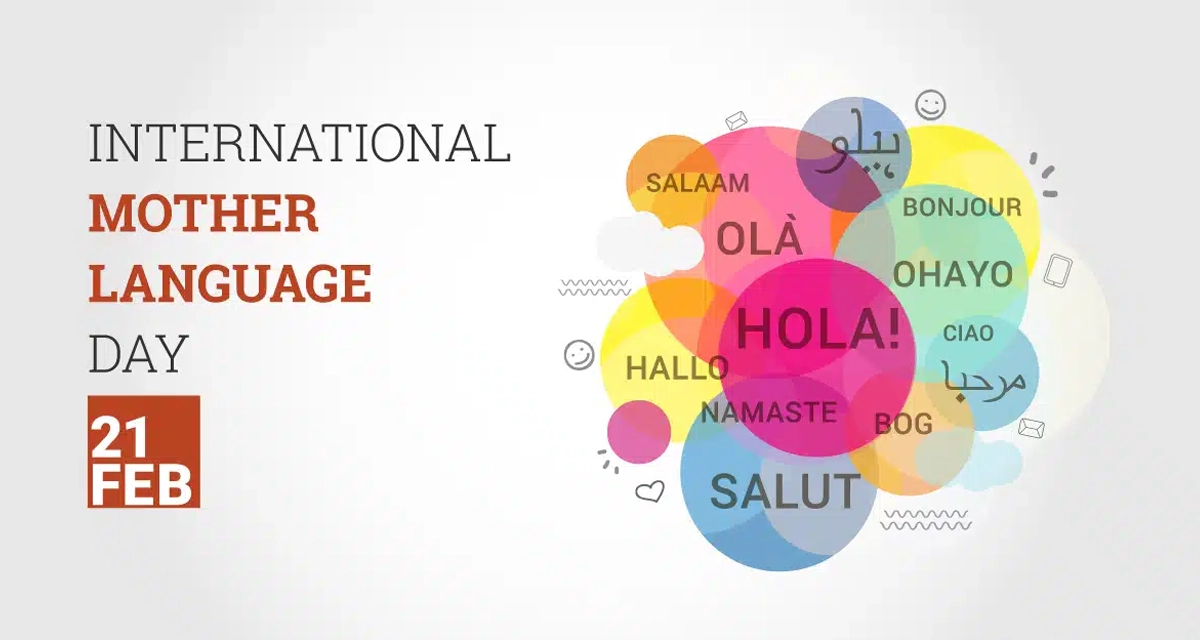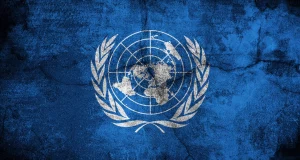Introduction
International Mother Language Day is a global observance held annually on February 21st to promote linguistic and cultural diversity. It commemorates the struggle for language rights and honors the diversity of languages spoken worldwide.
History
The roots of International Mother Language Day lie in Bangladesh’s Language Movement of 1952 when students protested for the recognition of Bengali as one of the national languages of Pakistan. This movement led to the establishment of International Mother Language Day by UNESCO in 1999 to celebrate linguistic diversity and multilingualism.
Celebration
Around the world, International Mother Language Day is celebrated through various cultural events, including language festivals, poetry readings, and storytelling sessions. Educational institutions often organize seminars and workshops to raise awareness about the importance of preserving indigenous languages.
Challenges
Despite efforts to preserve mother languages, many are facing extinction due to globalization, urbanization, and cultural assimilation. Endangered languages, such as Indigenous Australian languages or Native American languages, are at risk of disappearing entirely if not actively preserved and revitalized.
Impact of Globalization
Globalization has both positive and negative impacts on linguistic diversity. While it facilitates communication and exchange between cultures, it also poses a threat to smaller languages, leading to linguistic homogenization. However, technology can be leveraged to promote language preservation through digital archives, language learning apps, and online resources.
Conclusion
International Mother Language Day serves as a reminder of the importance of linguistic diversity in maintaining cultural heritage and identity. It calls upon individuals and communities to celebrate their mother tongues and take active steps to preserve them for future generations.
FAQs
What is the significance of International Mother Language Day?
International Mother Language Day highlights the importance of linguistic diversity and cultural heritage, promoting tolerance and understanding among different language communities.
How can individuals celebrate International Mother Language Day?
Individuals can celebrate by speaking their mother tongue, attending cultural events, learning a new language, or supporting language revitalization efforts in their communities.
What are some examples of endangered languages?
Examples include Ainu in Japan, Cornish in the United Kingdom, and Cherokee in the United States, among many others.
How does globalization affect language diversity?
Globalization can lead to the dominance of a few major languages at the expense of smaller languages, increasing the risk of language extinction.
What can be done to preserve mother languages?
Efforts such as language documentation, education, community initiatives, and policy support can help preserve and revitalize mother languages.





